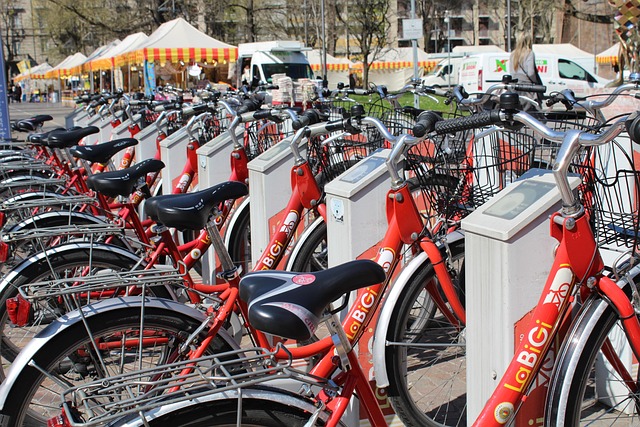Driving Change: The Integration of Transport Sustainability for Rural Development
In many rural communities, the challenge of connectivity and accessibility remains a pressing issue. While urban areas continue to benefit from advancements in infrastructure and transport innovation, rural regions often face limitations that hinder growth and development. The need for transport sustainability is not only about protecting the environment—it’s about fostering holistic rural development that can fuel social, economic, and cultural progress.
One of the critical aspects that come into play here is the urgent necessity for the reduction of rural traffic. At first glance, fewer vehicles might seem like a simple goal focused only on safety and environmental health. But what does this truly mean for rural communities? It touches the core of how people live, travel, and interact with their environment.
Integrating sustainable transport solutions in rural areas aims to transform the very fabric of these communities. This doesn’t just involve building better roads—it’s about innovating ways to offer reliable, eco-friendly, and affordable options that resonate with the everyday lives of rural residents. Investments in public transport, cycling paths, and pedestrian-friendly routes are essential strategies to help reduce unnecessary rural congestion.
Besides the obvious environmental benefits, sustainable transport can stimulate rural economies by enhancing market access for local farmers and artisans, reducing transportation costs, and encouraging tourism. Imagine a community where people move freely and safely without the noise, pollution, and dangers of excessive traffic. This improved quality of life attracts young families, retains local talent, and builds stronger social ties.
Moreover, in the context of rural development, integrating transport sustainability serves as a catalyst for inclusivity. Elderly citizens, youth, and individuals without private vehicles gain mobility independence, which empowers them socially and economically. This transformation aligns perfectly with the wider integration goals of connecting rural areas to regional and national hubs without compromising the environment or the unique rural character.
Ultimately, the reduction of rural traffic embedded within sustainable transport initiatives is more than just numbers on a graph—it’s a tangible change that rural communities can feel. It’s the fresh air breathed on morning walks, the safer streets where children play, and the vibrant local markets bustling with activity. By integrating transport sustainability, rural development transitions from a hopeful vision to an achievable reality.




